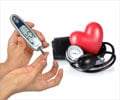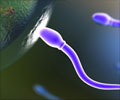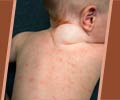- Turner syndrome - (https://ghr.nlm.nih.gov/condition/turner-syndrome#definition)
- About Turner syndrome - (http://www.mayoclinic.org/diseases-conditions/turner-syndrome/basics/definition/con-20032572)
- Turners Syndrome Support Society - (http://tss.org.uk/)
- What is Turner syndrome? - (https://medlineplus.gov/ency/article/000379.htm)
- Know About Turner Syndrome - (https://rarediseases.org/rare-diseases/turner-syndrome/)
- Introduction About Turner Syndrome - (http://kidshealth.org/en/teens/turner.html)
- Turner Syndrome Diagnosis - (https://www.genome.gov/19519119/)
- What is Turner syndrome? - (http://www.turnersyndrome.org/)
- H.H. Turner. A syndrome of infantilism, congenital webbed neck, and cubitus valgus, Endocrinology 23 (1938) 566–574. - (http://tss.org.uk/)
- Gravholt, C. H. & Stochholm, K. The epidemiology of Turner syndrome. Int. Congr. Ser. 1298, 139–145 (2006). - (http://tss.org.uk/)
- Maiti A, Chatterjee S. Turner Syndrome: Fifteen Years’ Experience in India. Journal of Obstetrics and Gynaecology of India. 2014;64(Suppl 1):121-123. - (http://tss.org.uk/)
- Thomas Morgan, MD, Turner Syndrome: Diagnosis and Management. Am Fam Physician. 2007 Aug 1;76(3):405-417. - (http://tss.org.uk/)
What is Turner Syndrome?
Turner syndrome is a genetic disorder characterized by the complete or partial absence of an X- chromosome. It affects normal development in females.
Turner syndrome has been named after Henry Turner, an American endocrinologist who had described the condition as early as in 1938. It is also known as Ullrich-Turner syndrome or Bonnevie-Ullrich Turner Syndrome. All the seven women described by him lacked breasts, secondary sexual characteristics, did not menstruate and were, therefore, infertile.
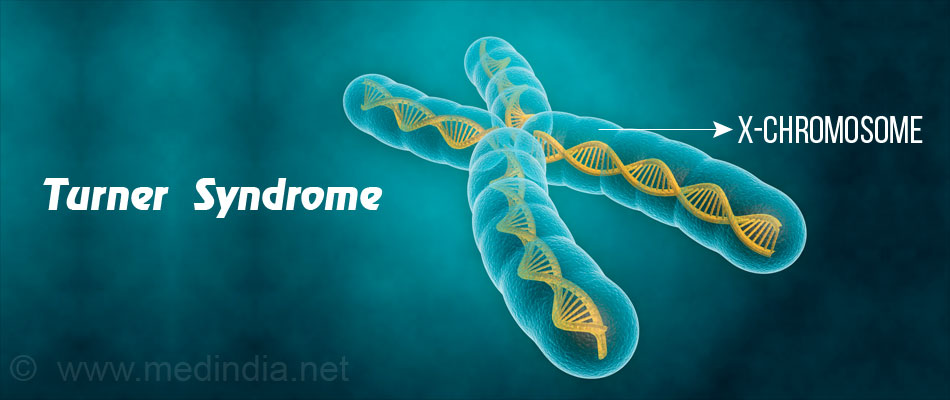
What is the Basis for Acquiring Turner Syndrome?
In order to understand the pathophysiology of Turner syndrome, it is essential that we know about the structure and function of chromosomes and genes.
Introduction to Chromosomes:
The human body contains thread-like structures in its nucleus called chromosomes which are made up of genes. Genes are called the “blue- print of life” because they determine the inheritance of the physical and emotional traits in all organisms.
- The number of chromosomes in each human cell is 46, which occurs in pairs - 22 sets of chromosomes called autosomes and 1 set of sex chromosomes.
- Of the 46 chromosomes occurring in each cell - one set of 23 chromosomes is derived from the mother and the another set is derived from the father.
- Exceptions are the sperm and the egg (the reproductive cells of males and females respectively) that contain only 23 chromosomes each. Fertilization of the egg and the sperm restores the original number in the first baby cell to 46.
- Of the 23 chromosomes, the eggs produced by a female will carry only the X chromosome while sperms can carry either an X or a Y chromosome.
- Thus, when the X chromosome of the mother's egg unites with the father's sperm carrying an X chromosome, it results in a girl child (XX). On the contrary, when an egg containing X chromosome fuses with a Y chromosome bearing sperm, it gives rise to a male child (XY).
Sex Chromosomal Disorders:
A cell that contains the correct set of chromosomes is said to be euploid (eu- good, ploid- set). In some cases, due to various reasons, the number of chromosomes in a cell can be altered and this condition is referred to as a numerical chromosomal abnormality. Cells that do not contain the correct number of chromosomes are said to be aneuploid.
When it involves sex chromosomes (X or Y chromosome), it is said to be sex chromosomal aneuploidy or a sex chromosomal disorder. In these reproductive cells, there are either additional chromosomes (presence of multiple X or Y chromosomes) or reduction of chromosomes (presence of a single X chromosome), or there is an alteration in the normal structure of the X or Y chromosome.
What are the Causes and Risk Factors of Turner Syndrome?
Turner syndrome is a condition which occurs only in females where there is a fully missing or a partially missing X chromosome.
These individuals hence have only one normally functioning X chromosome. The other one may be absent, abnormal or present only in a few cells. The loss of the entire X chromosome, or a part of it, may occur during the production of the sperm or the egg (meiosis), or it may be due to the failure of sex chromosomes to separate following fertilization (mitosis).
What are the Types of Turner Syndrome?
1. All cells are affected and the abnormality can occur because
- One entire X chromosome is missing - monosomy X or 45,X - nearly 50% of patients have this condition.
- The X chromosome is present, but is missing a portion or is rearranged - partial monosomy.
2. Only some cells are affected - mosaic Turner syndrome or mosaicism.
- Cells with monosomy X occur along with normal (46,XX cells), or those with partial monosomies or those that have a Y chromosome (46,XY).
- Mosaicism occurs in 67-90% of the affected individuals.
Facts and Statistics of Turner Syndrome
- The condition is seen in about 1 in 2500 newborn girls worldwide.
- The majority (99%) of the fetuses with this abnormality usually do not survive beyond 28 weeks in the uterus and end up in miscarriages or stillbirths.
- Turner syndrome accounts for 10% of the spontaneous terminations in the United States.
What are the Signs and Symptoms of Turner Syndrome?
At birth and during childhood, any combination of the following symptoms can occur -
1. Physical Features:
- Missing growth spurts.
- Short stature - adult height that is 8 inches less than expected height.
- Overweight.
- Puffy hands and feet in a newborn.
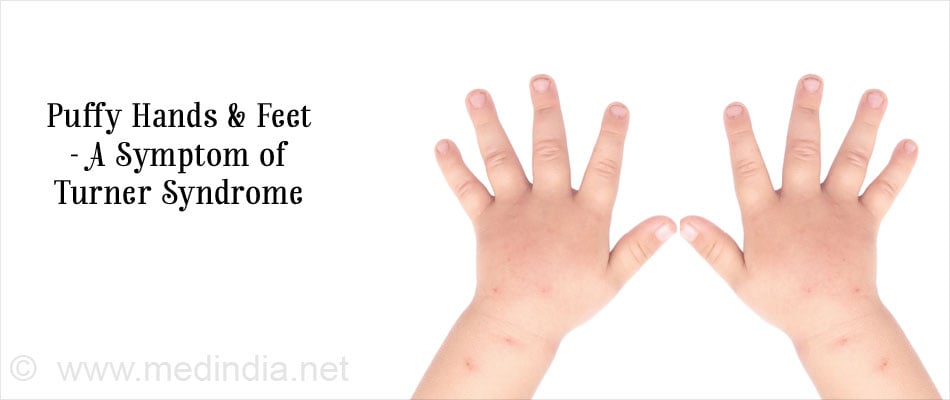
- Low posterior hairline.
- Low-set ears.
- Short and webbed (in approximately 40% of patients) neck.
- Forearm angled away from the body.
- Short ring fingers and short fourth toe.
- Small, spoon-shaped nails.
- Shield-like chest with widely spaced nipples.
- Pigmented skin.
- High arch palate.
- Small lower jaw [can lead to orthodontic problems].
2. Sensory Problems:
- Middle ear infections leading to hearing problems.
- Short sightedness and other visual impairments.
3. Reproductive Problems:
- Missing ovaries (gonadal dysfunction) - Nnormal ovaries are replaced by non-functional streaks of tissue, which contain few or no eggs at the time of birth. Ovarian failure can also occur gradually during childhood, adolescence or young adulthood.
- Infertility and subsequent premature menopause due to ovarian failure
- Sexual development fails to begin or “stalls” during teenage years.
- The external genitalia show signs of infantilism. Surprisingly, a small proportion of these patients (about 10%) attain spontaneous menarche and an even smaller number have children.
- Reduced growth of pubic and axillary hair.
- Poorly developed breasts with wide-spaced nipples.
- Inability to conceive a child without fertility treatment.
4. Cardiac Abnormalities:
- Congenital abnormalities of the heart (in about 45% of affected individuals)
- High blood pressure (hypertension) with increasing age and obesity.
- Coarctation [narrowing or constriction of the aorta]
5. Kidney Abnormalities:
- About 33-60% of the Turner patients have abnormalities related to the structure and functioning of the kidneys.
- Horse-shoe shaped or absence of kidneys.
- Kidney may be rotated abnormally (in about 15% of affected individuals).
Insulin resistance and diabetes are common in these patients, for reasons that are not completely understood.
6. Intelligence and Behavior:
- Many females with Turner syndrome have normal intellectual capacity although specific learning difficulties are common.
- Learning disabilities that arise are associated with learning that involves spatial concepts or math. They have trouble in discriminating between the right and the left, and lack speed in processing information. As a consequence, mathematics and navigational abilities get affected. About 1 out of 10 patients with Turner syndrome require special education, tailored to their specific need.
- Immature behavior when compared to peers; they tend to remain isolated, particularly during adolescence. This is probably due to their short stature and lack of appropriate sexual development.
- Likely to be more timid, impressionable and lack ambition.
- Socially challenged and are unable to understand other people’s emotions or reactions.
- Due to the reduced sexual drive in these patients and they begin to date or leave home to get married at an older age. Patients, however, seem to be more worried about their short stature rather than their decreased libido.
7. Thyroid Problems
8. Kidney and Urinary Tract Problems
Osteoporosis [Due to Lack of Estrogen]
Surprisingly, most of Turner patients have reported satisfaction with social life and employment. There is no increased risk of depression or any other psychiatric disorders nor is there an increased risk of an anti-social behavior in these patients.
How is Turner Syndrome Diagnosed?
1. Prenatal tests done during pregnancy might indicate the presence of Turner syndrome.
- Ultrasound: A screening test done in the first trimester measures the fluid at the back of the fetus’ neck. An abnormal reading indicates a chromosomal disorder.
- Chorionic Villus Sampling (CVS): This is a diagnostic test done between 10 and 12 weeks of pregnancy for women having abnormal screening test in the first trimester. A tiny sample of the placenta, known as the chorionic villus is tested for chromosomal disorders.
- Amniocentesis is done between 15 and 18 weeks of pregnancy. A sample of amniotic fluid, (the fluid which surrounds the baby), is obtained and analyzed for abnormal levels of proteins that could indicate certain disorders.
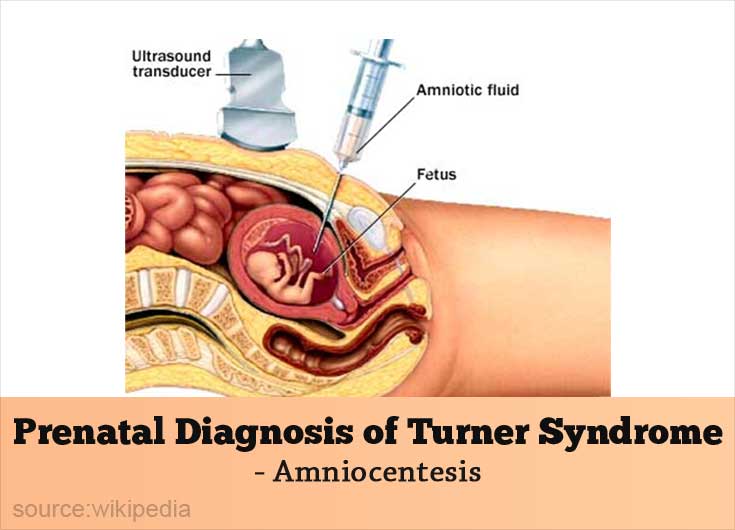
- Chromosomal analysis or karyotyping is performed to analyze the chromosomal composition of the female.
- Children born with Turner syndrome confirmed prenatally will be under the guidance of a specialized pediatrician.
2. At Birth:
If the syndrome is undetected during pregnancy, a child born with heart problems, an unusually wide neck or swollen hands and feet at birth could be diagnosed with Turner syndrome.
A complete ear, nose and throat examination can be done including an auditory exam.
Early childhood is the period when most girls might get diagnosed. Growth deficiency or a short stature without a known cause is indicative of Turner syndrome. Sometimes it is diagnosed much later, only when the child fails to attain puberty.
Characteristic physical and reproductive symptoms, a detailed patient history, a thorough clinical evaluation and specialized tests form a part of the diagnosis.
Some tests that may be done are -
- Thyroid and liver function tests
- Hormone levels tocheck blood levels of hormones involved in menstruation.
- Ultrasound of reproductive organs and kidneys to check for abnormalities.
- Echocardiogram to assess the structure and the function of the heart.
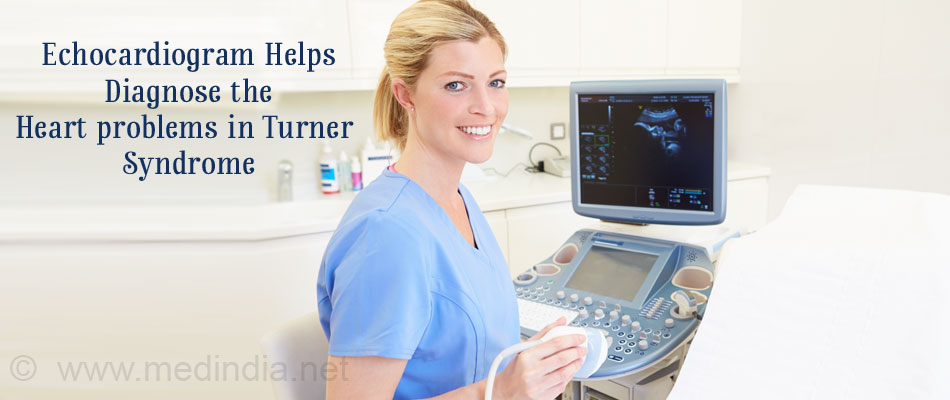
- Magnetic Resonance Imaging (MRI) to analyze liver, kidney and heart abnormalities that are associated with Turner syndrome
How is Turner Syndrome Treated?
Turner disease is a lifelong condition that lacks a cure but with our renewed understanding of genetics, treatment options available nowadays have benefited the affected girls and women immensely.
The main goal of the treatment, in the case of the Turner patients, is directed towards increasing final height, induction of secondary sexual development and menarche.
Girls with Turner syndrome might also have or develop certain other related medical complications that might need to be treated and managed throughout life sometimes.
- Growth hormone supplementation is the standard treatment for increasing height. The height gain, at the end of treatment, is based on several factors such as age at which therapy was initiated, the duration of treatment and the dose of the hormone given.
Growth hormone supplementation should be started at the age of 4 or at the time of diagnosis of the disorder, whichever is earlier. It is now known that after 3-7 years of treatment, patients may be able to gain a height of about 8-10 cms. No side effects have been documented. - Most patients require ovarian hormone therapy (estrogen, a female sex hormone). This should be started at around the age of 12 to 15 years to induce puberty and maintain a normal female endocrine status. It is also associated with the development of secondary sexual characteristics.
- Hormone replacement therapy (HRT) is very important as it reduces the risk associated with ovarian failure, more specifically osteoporosis and heart failure. Regular monitoring of the hormone levels has to be done.
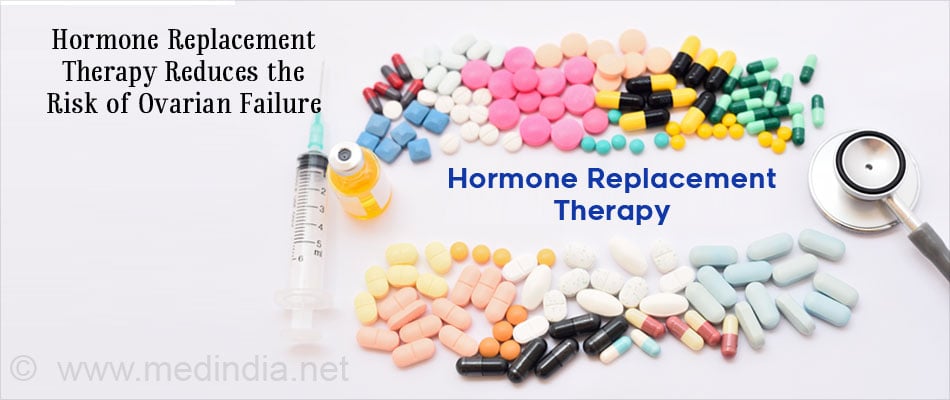
- With novel endeavors in the field of assisted reproduction, pregnancy has been made a possibility in these patients. In patients who menstruate spontaneously, more than 50% pregnancy rates have been reported. However, these patients are more prone to miscarriage and chromosomal abnormalities. Twinning is also more common. In the other group, where patients have only streak ovaries, pregnancy can be achieved through eggs obtained from donors.
- Cardiovascular: Heart valve abnormalities occur in 30% of girls with the syndrome. A surgery or periodic follow-ups with a heart specialist and regular ultrasounds or echocardiographs of the heart must be done.
- High blood pressure or hypertension is caused due to narrowing of the aorta. The narrowing can be surgically repaired or high blood pressure can be treated with drugs.
- Hearing problems caused by childhood middle ear infections can be corrected with hearing aids.
- Thinning of the bones or osteoporosis can be corrected with estrogen therapy.
- Thyroid gland disorders have to be monitored by thyroid functional tests.
- Metabolic disorders like diabetes and obesity have to be managed.
- Kidney malformations require periodic ultrasounds.
- Maintenance of a healthy lifestyle and proper exercise can help.
While there is no cure for the disease, girls affected by it can have a normal life but usually require care from a variety of specialists.





